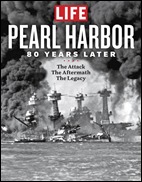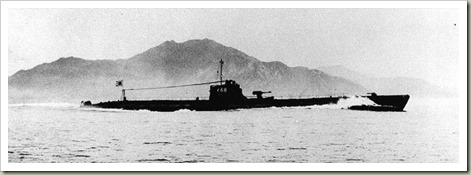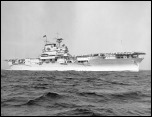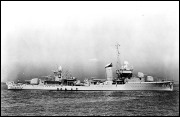Thinking of Pearl Harbor by finishing a Battle of Midway book
Posted By RichC on December 7, 2021
 As we remember the day that the Empire of Japan bombed Pearl Harbor and try to “never forget” our ill-preparedness “date that will live in infamy” on December 7, 1941, I’ll finally finish the hefty book “Shattered Sword” by Jonathan Parshall and Anthony Tully. (it’s a 1139 pages!)
As we remember the day that the Empire of Japan bombed Pearl Harbor and try to “never forget” our ill-preparedness “date that will live in infamy” on December 7, 1941, I’ll finally finish the hefty book “Shattered Sword” by Jonathan Parshall and Anthony Tully. (it’s a 1139 pages!)
The “untold story of the Battle of Midway” (from the Japanese perspective) book highlighting the revenge story (if you were and American or in the US military) and fairly detailed account of a major Pacific Theater World War II. The 2005 book detailed the Japanese subs, ships, planes, aircraft carriers and the officers who planned and troops who were ordered to attack the US island military base of Midway in the Pacific Ocean. The Battle of Midway has been written about and studied thoroughly (even by me), but the “Shattered Sword” account from the Japanese perspective was particularly interesting.
 Imperial Japanese Navy’s I-68 in 1934 (I-168 on 5/20/1942)
Imperial Japanese Navy’s I-68 in 1934 (I-168 on 5/20/1942)
I’m almost finished with the book and learning about the Japanese submarine I-168 (one of 13 subs forming the Advance Expeditionary Force in attacking Midway Island).
I-168 spent the first three days of June observing Midway’s southern horizon through the periscope by day and through binoculars at a range of five miles (8.0 km) at night. I-168 observed and reported heavy aircraft activity indicating the island anticipated the Japanese attack. She made periscope observations during the first Japanese air attack on Midway. I-168 commenced shelling Midway with its 10-centimetre (3.9 in) deck gun at 0130 5 June; but submerged when illuminated by shore searchlights after firing only six rounds.
I-168 was the submarine that sunk the only two American warships which became the turning point battle in the Pacific. The Battle of Midway cost the Empire of Japan 3057 lives, 4  fleet
fleet  carriers, 1 heavy cruiser and 248 aircraft. The US lost 307 airmen and sailors and the aircraft carrier USS Yorktown as well as the destroyer USS Hammann (along with approximately 150 aircraft). The sub was damaged after they fired 4 torpedoes, were depth charged … but able to evaded the American destroyers under the cover of diesel smoke and darkness. They limped back to Japan for full repairs only to suffer sinking with all hands on July 27, 1943 after being torpedoed by the USS Scamp.
carriers, 1 heavy cruiser and 248 aircraft. The US lost 307 airmen and sailors and the aircraft carrier USS Yorktown as well as the destroyer USS Hammann (along with approximately 150 aircraft). The sub was damaged after they fired 4 torpedoes, were depth charged … but able to evaded the American destroyers under the cover of diesel smoke and darkness. They limped back to Japan for full repairs only to suffer sinking with all hands on July 27, 1943 after being torpedoed by the USS Scamp.
American destroyers Gwin, Hughes, and Monaghan dropped 60 depth charges before damaging I-168 at 1530. A depth charge exploding near the bow put out the lights, damaged the forward battery room, sprung the hatches to #1 torpedo tube and reduced the submerged depth to 60 feet (18 m). All unoccupied crewmen grabbed sacks of rice from forward storage and moved astern to trim the submarine because of the flooding forward. After a few hours of relative quiet, I-168 surfaced an hour before sunset and ran west at 14 knots (26 km/h; 16 mph) to charge batteries and ventilate interior spaces. Two American destroyers spotted her at a range of 11,000 yards (10,000 m) and commenced firing from a range of 6,500 yards (5,900 m) about 30 minutes later. I-168 submerged and evaded the approaching destroyers.
After conducting emergency repairs, Tanabe and his crew limped back to Japan using only two engines, a journey of twelve days.
But today, 80 years after the United States was “suddenly and deliberately attacked by the naval and air forces of the Empire of Japan,” we remember those who died and thousand who were called to arms. Thank you to all who served and may the 2403 who lost their lives on that day rest in peace.
EDIT: Saw this YouTube video and wanted to include.
Comments